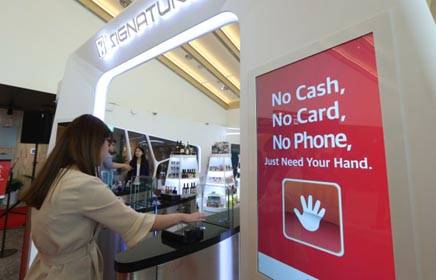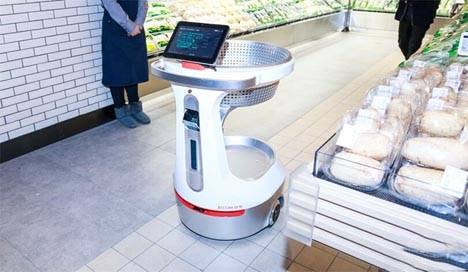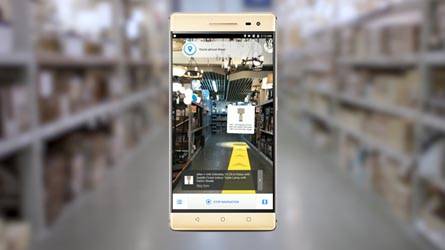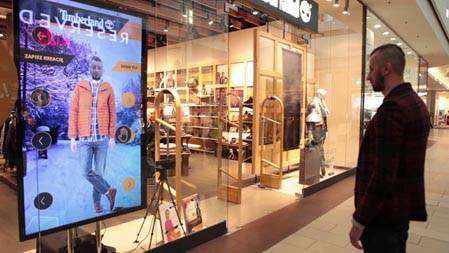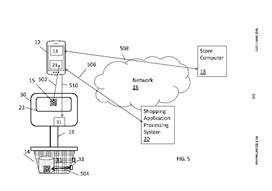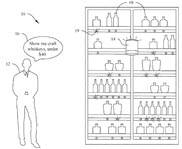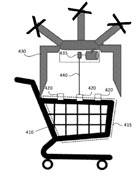Introduction
The growing e-commerce industry is posing a huge challenge to retailers as an increasing number of customers are drifting towards online shopping. Continuing decline in physical store revenues pose big challenges for brick-and-mortar retailers. As a result, many retailers have been struggling with payment of rent, the rising minimum wages, business rates and other overheads. The amount of retail space closing is increasing every year across the globe. As of August 2018, the U.S. had hit a 10-year high in retail space closed down—even higher than during the peak of recession. A few examples of retail stores that were shut down in the last two years are J.C. Penney, Macy’s, Toys “R” Us, Mattress Firm, Bon-Ton, Abercrombie & Fitch and more. According to PwC, 2,700 retail shops were shut down across the UK in the first half of 2018 alone. Another big challenge for retailers is the supply chain and the customers’ demand for transparency around pricing.
There’s an optimism though. Technology continues to shape both online and in-store shopping. We are currently witnessing a retail renaissance that is gaining momentum through the smart blending of brick-and-mortar establishments with technologies such as IoT, artificial intelligence, data analysis, and robotics. Some of the recent innovative technologies that have been adopted by retailers are given below:
Innovative Technologies In Retail
Cashier-Less And Unmanned Technology
Cashier-less technology is one of the latest trends in the retail industry. Retailers are using various technologies to support cashier-less and human-free retail, including machine vision, RFID tags, QR codes, bar codes, facial recognition, and shelf sensors. Dozens of companies are working on this cashier-less technology. The common goal of all these companies is to make in-store shopping attractive and bring the consumers back to the store.
Amazon recently launched ‘Amazon Go’, its automated cashier-less convenience store that leverages technologies like machine vision, AI, RFID, IoT, and more to allow customers to shop without checking out at a register. Shoppers scan their Amazon Go app to enter the store, and get charged automatically as they pick up items and exit. Amazon tracks consumers and the products they interact with, through shelf sensors and cameras. Today, Amazon operates three Amazon Go stores in Seattle and one in Chicago.




